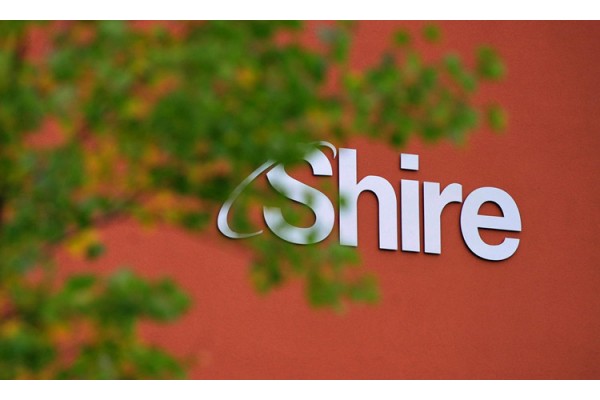Shire Receives European Approval for Label Extension of FIRAZYR® (icatibant injection) for the Symptomatic Treatment of Acute HAE Attacks in Paediatric Patients
October 30, 2017
Source: finance.yahoo
 757
757

HAE is a rare genetic disease characterized by recurrent attacks of localized oedema (swelling).2, 3 The areas of the body most commonly affected are the extremities, gastrointestinal tract and, less frequently, HAE can cause life-threatening attacks due to obstruction in the upper airways.2,3,4 Symptoms of HAE often present in childhood, and while attacks can occur at any age, early onset may predict a more severe disease course.5
"As a long-term partner to the HAE community, we understand the unique burden this disease places on children living with HAE and their caregivers," said Jennifer Schranz, Global Development Lead, HAE, Shire. "This approval in Europe demonstrates our unwavering commitment to helping patients and represents a significant advance for paediatric patients, who now have a subcutaneous treatment option for acute HAE attacks."
The use of FIRAZYR in paediatric patients was studied in an open label, non-randomised single-arm study, involving 32 paediatric patients with HAE.6 The efficacy population consisted of 11 children and 11 adolescents with attacks. The primary efficacy endpoint was time to onset of symptom relief (TOSR) based on the investigator-assessed composite post-treatment symptom score, defined as earliest time post-treatment when 20% or more improvement in the composite symptom score was achieved, without worsening of any single component score.6
Overall, median TOSR was 1.0 hour, with no differences between children and adolescents. More than 70% of patients experienced symptom relief at 1.1 hours, and more than 90% by 2 hours post-treatment.6
The majority of paediatric patients who were treated with subcutaneous FIRAZYR experienced injection site reactions such as erythema, swelling, burning sensation, skin pain and itching/pruritus; these were found to be mild to moderate in severity and consistent with reactions that have been reported in adults.6
The study showed FIRAZYR was well tolerated and demonstrated rapid resolution of symptoms during an HAE attack through a single injection.6 The study that led to this approval is the first and only trial investigating a subcutaneous therapy in the HAE paediatric population.
"Due to the unpredictable and debilitating nature of HAE attacks, children living with the condition can benefit from having a new treatment option that can provide symptomatic relief of acute HAE attacks with a subcutaneous injection," said Henrik Balle Boysen, Executive Director of HAEi. "Clinical work to bring treatment options to younger patients is vitally important and greatly appreciated by the global HAE community."
FIRAZYR will be available for use in paediatric patients in Europe beginning in Q4.
About Hereditary Angioedema
HAE is a rare, genetic disorder estimated to affect about one in 10,000 to one in 50,000 people worldwide and results in recurring attacks of oedema (swelling).7, 8
Management of HAE includes on-demand treatment of swelling attacks to minimise the consequences of the symptoms, and pre-procedure prevention, which is often used before certain surgeries and to cover other periods of high risk of attack (such as stressful times including school examinations, for example). Long-term prophylaxis (the routine use of medication to prevent episodes of angioedema) may be considered for severely symptomatic patients with HAE.7.
By DduRead more on
- Takeda, Japanese pharma giant clinched to Buy Shire for $61.50 billion May 9, 2018
- Shingrix approved in Europe and Japan for the prevention of shingles in adults aged 50 and over May 7, 2018
- Takeda reaches preliminary deal to buy Shire for close to $65B April 25, 2018
- Takeda moots Shire move but big questions remain April 3, 2018
- Shire Reports Regulatory Milestones for Investigational Hereditary Angioedema (HAE) Treatment Lanadelumab April 2, 2018
your submission has already been received.
OK
Subscribe
Please enter a valid Email address!
Submit
The most relevant industry news & insight will be sent to you every two weeks.



